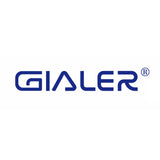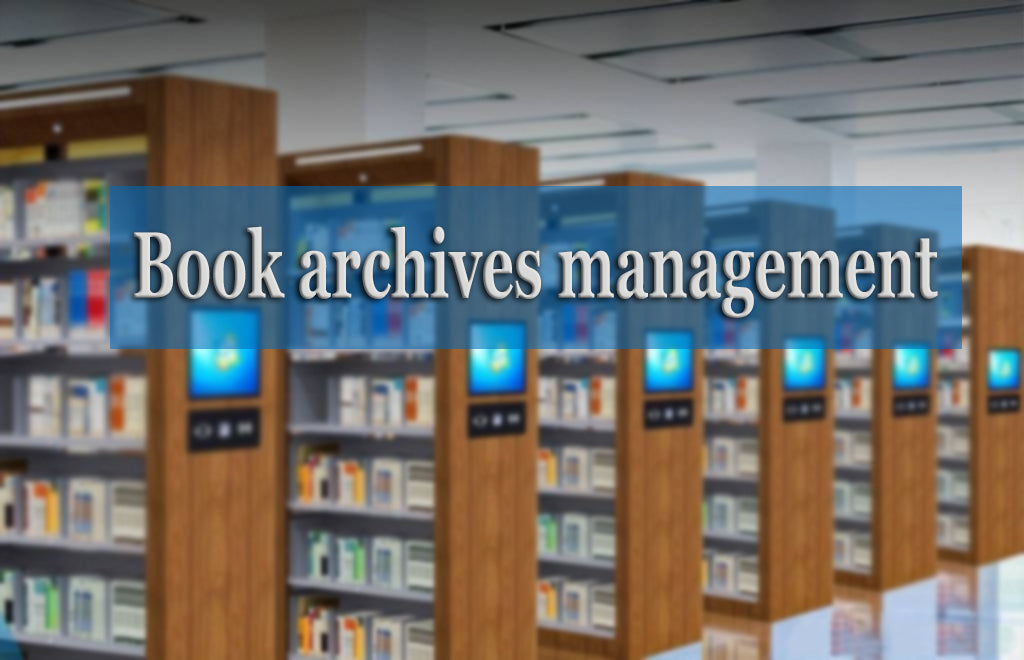In the age of technological advancements, libraries and book archives are embracing innovative solutions to enhance efficiency and organization. One such groundbreaking technology is the Radio-Frequency Identification (RFID) smart cabinet, which offers a sophisticated and automated way to manage book archives. In this article, we will explore how RFID smart cabinets can transform the traditional library experience and streamline the process of managing book collections.
Introduction to RFID Smart Cabinets:
RFID technology has gained prominence in various industries, and libraries are no exception. RFID smart cabinets provide a dynamic and efficient solution for managing book archives by incorporating RFID tags, readers, and sophisticated software. These cabinets are designed to automate tasks such as book check-in and check-out, inventory management, and user authentication, ultimately revolutionizing the way libraries operate.
Components of RFID Smart Cabinets:
- RFID Tags: Each book in the archive is equipped with a unique RFID tag containing essential information about the book.
- RFID Readers: Installed within the smart cabinet, these readers are responsible for scanning RFID tags on books and interacting with the RFID software.
- Database: A centralized database stores comprehensive information about each book, linking it to its RFID tag. This database is crucial for managing the library's collection effectively.
- RFID Software: The brain behind the operation, RFID software facilitates communication between RFID readers and the database. It manages book transactions, updates the inventory, and ensures seamless operation.
Setting Up the RFID Smart Cabinet:
- Tagging Books: Attach RFID tags to each book in the archive, containing unique identifiers that can be read by the RFID system.
- Installing RFID Readers: Strategically place RFID readers within the smart cabinet to cover all sections and shelves.
- Creating a Database: Establish a comprehensive database to store information about each book, such as title, author, genre, and location, with unique identifiers linked to RFID tags.
- Implementing RFID Software: Install RFID management software that facilitates the scanning of RFID tags, updates the database, and manages the overall system.
Streamlining Library Operations:
- Check-in and Check-out System: Implement a user-friendly check-in and check-out system where users can easily borrow and return books. RFID technology ensures quick and accurate processing of transactions.
- User Authentication: Enhance security by implementing user authentication measures, allowing only authorized users access to the smart cabinet.
- Cabinet Organization: Organize the smart cabinet logically based on genres, authors, or other criteria, making it easy for users to locate books.
- Alerts and Notifications: Utilize the RFID system to set up alerts for overdue books or other important events, improving overall library management.
Benefits of RFID Smart Cabinets:
- Efficiency: Automation of book transactions leads to faster check-ins and check-outs, reducing queues and wait times.
- Accuracy: RFID technology minimizes the chances of errors in inventory management, ensuring that the database accurately reflects the library's collection.
- Security: User authentication and integrated security measures help prevent theft and unauthorized access.
- Scalability: RFID systems are scalable, allowing libraries to easily expand their collections without compromising efficiency.
Conclusion:
RFID smart cabinets represent a significant leap forward in the management of book archives, offering libraries an advanced and efficient solution to meet the demands of the digital age. By embracing RFID technology, libraries can enhance user experiences, improve operational efficiency, and ensure the seamless organization of their valuable book collections. The RFID revolution in library management is underway, promising a more streamlined and technologically advanced future for book archives worldwide.









